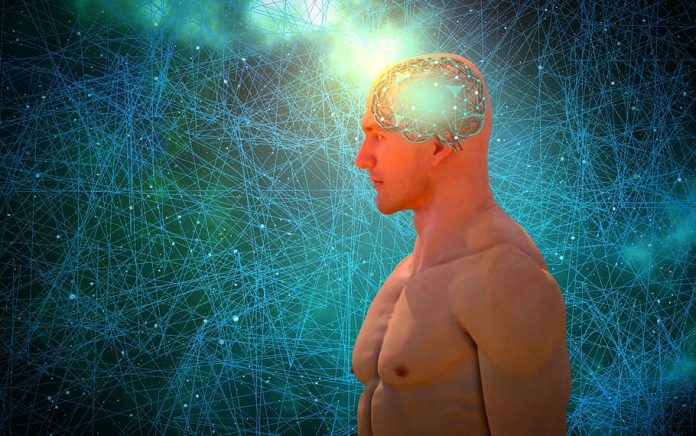Throughout many businesses, artificial intelligence (AI) is swiftly taking over. Whether it’s used to automate tasks or provide insights into customer behavior, AI has positive impacts on businesses.
What is Artificial Intelligence? What are the ways it is being used in the businesses currently ?
Artificial intelligence (AI) is a branch of computer science and engineering dealing with intelligent agents that have the capacity to think, learn, and act independently. In broad terms, AI research focuses on creating software that can process large amounts of data and make decisions on its own.
Some of the ways AI is currently being used in business include:
-Machine learning: This involves training a computer system to “learn” from data without being explicitly programmed. This is done by feeding the computer a large number of examples of how to perform a task (training data) and then asking it to perform the task on new data (testing data). The computer system will eventually be able to learn how to do this on its own, allowing it to improve its performance over time by adapting to datasets it has never seen before. Interested in knowing more about Artificial Intelligence? Then Artificial Intelligence Training will be helpful to you.
7 Ways AI is Being Used at Work Right Now:
Here are seven ways AI is being used in the workplace today:
1. Automating complex tasks and processes.
As industries become more complex, automation of tasks and processes becomes increasingly important. These tasks and processes are being automated with the use of artificial intelligence (AI), which makes them quicker and more effective. AI can be used to identify patterns in data, make decisions quickly, and carry out complex instructions. Several sectors, including finance, healthcare, manufacturing, and retail, already use this technology. It is expected that the use of AI will continue to grow in popularity over the next several years.
2. Enhancing decision-making capabilities.
Recent advances in artificial intelligence (AI) are making it possible to develop cognitive systems that can make better decisions than humans. AI can help us identify patterns and make predictions, which can improve our decision-making ability. Cognitive systems that can learn from experience and dynamically adapt their decisions are becoming increasingly common. This article discusses some of the ways in which AI is being used to enhance decision-making capabilities.
3. Supporting customer service interactions.
There is no doubt that customer service interactions have become increasingly complex in recent years, with artificial intelligence (AI) playing a key role in assisting frontline employees. AI has been shown to be an effective tool for automating repetitive tasks and improving overall customer service quality.
However, while AI can help to streamline processes, it is still important for frontline employees to have the ability to deal with difficult customers in a sensitive and compassionate manner. This is where training and development initiatives come into play. By ensuring that employees are up-to-date on the latest technologies and practices, companies can ensure that their customer service interactions remain positive and engaging for both customers and employees alike.
4. Facilitating communication between employees and customers.
In order to facilitate communication between employees and customers, artificial intelligence (AI) has been utilized in a number of ways. Some companies have developed chatbots that can be used to provide customer service. These chatbots can be programmed to answer specific questions and handle customer complaints. Additionally, some companies have developed voice recognition software that can be used to help employees understand and reply to customers in a more effective way. This software can also be programmed to respond automatically to certain phrases or questions.
5. Detecting patterns and trends in data.
There is no single approach to analyzing data, as the goal depends on the specific question or problem being addressed. However, there are a number of general methods that can be used when looking for patterns and trends in data. One approach is to look at the distribution of data points, in order to see whether or not they follow a normal curve. This can help identify any unusual or outliers, and may also suggest possible causes for observed patterns. Another common method is to examine how often different values occur together, in order to determine relationships between them. This information can then be used to make predictions or determine causality. Finally, statistical models can be used to analyze large sets of data and generate predictions about future events or trends.
6. Improving efficiency and accuracy in work activities.
Artificial intelligence (AI) is a field of computer science and engineering that deals with the creation of intelligent agents, which are systems that can interact with the world on their own. AI has the potential to improve efficiency and accuracy in work activities by automating tasks that are repetitive or time-consuming. For example, an AI system could be employed to automatically scan company documents for keywords, or to help employees identify and track errors in written reports.
7. Predicting future outcomes.
Artificial intelligence has the potential to profoundly change our lives and the world around us. However, there is still much to learn about how AI will impact the future. In this article, we will explore some of the key factors that could determine the eventual outcomes of artificial intelligence. We will also discuss some possible risks and challenges associated with this technology.
Conclusion:
In conclusion, artificial intelligence is being used by businesses in a variety of ways. Some are using it to automate tasks, while others are using it to improve decision making. All businesses should be considering how AI can help them and the best way to implement it.



















